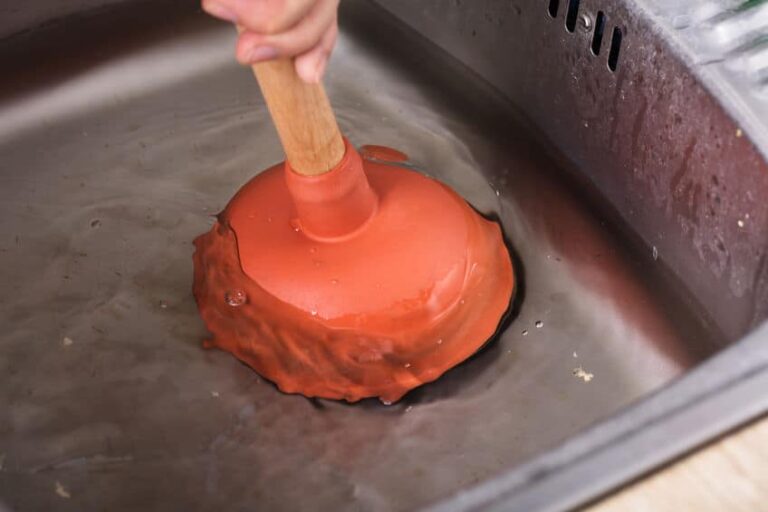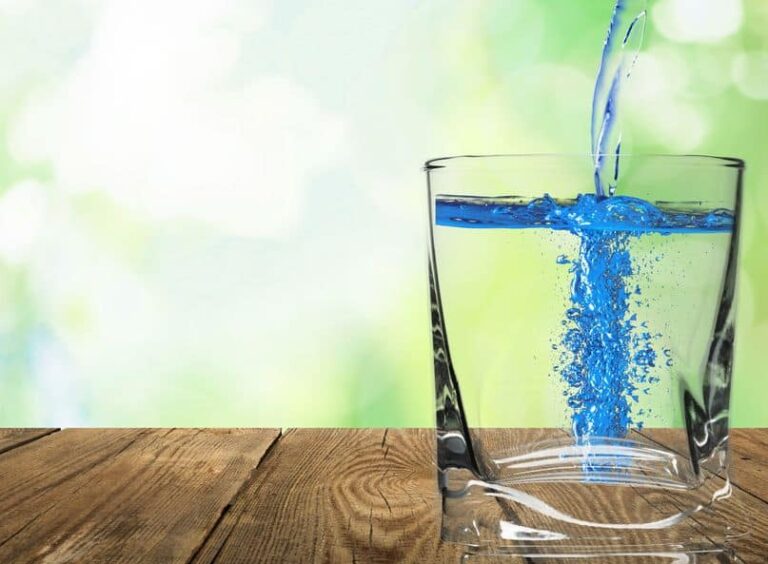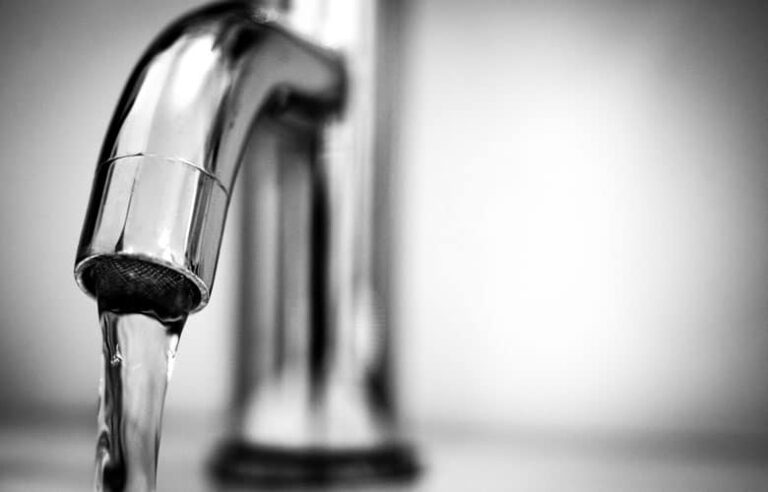
Common Reasons for poor water pressure in your home
Common Reasons for poor water pressure in your home.
The inlet valve to your home should have an average water pressure in the range of 40-50 psi. Check this first. If the pressure is low you may have to contact your utility’s company
Have you ever turned on your shower only to be met with a meager dribble instead of a strong, invigorating spray? Or perhaps you’ve noticed that it takes an age for your washing machine or dishwasher to fill? Both are signs of poor water pressure, a problem that can make everyday tasks frustrating and time-consuming. If you’re experiencing these issues, you’re likely dealing with water pressure that falls below the ideal range of 40-50 psi. In this blog post, we’ll dive into the five most common reasons behind poor water pressure in your home and offer solutions to help you get your water systems back on track.
- An Off or Partially Closed Water Meter Valve/Main Shutoff Valve
The first place to inspect when you’re experiencing low water pressure is your home’s water meter valve. This valve should be fully open to ensure an uninterrupted flow of water. Next, take a look at your main shutoff valve, typically located near the foundation wall where the city’s main water supply enters your home. The positioning of the valve can give you a clue about its openness:
- Gate Valve: If your home uses a gate valve, the handle should be fully turned counterclockwise for maximum water flow.
- Ball Valve: If you have a ball valve, the handle should be parallel to the pipe’s direction.
It’s not uncommon for these valves to be left slightly closed after repair work, so this could be a simple yet impactful solution.
- Water Main Leakage
The second problem area to check is around your garage or basement, precisely where the water main enters your home. If you see any pooling water, it could signify a leak in the main water line. Another related issue could be a leaky pipe. If you suspect a leak, turn off your water and contact a licensed plumber immediately. Not only can leaks lower your water pressure, but they can also lead to water damage, increasing the importance of rapid resolution.
- Buildup of Rust
If your home uses steel galvanized plumbing, you might be facing an issue of rust buildup, which can significantly affect your water pressure over time. Corrosion-prone, this type of plumbing will ultimately lead to a reduction in water pressure, potentially even leading to a complete blockage. Replacing your plumbing with more modern water supply piping is the only definitive solution, although it may be a significant investment. Remember, the buildup of rust happens over years, and the decrease in water flow is typically gradual.
- Check the Water Pressure Regulator
While not all homes have water pressure regulators, it’s worth checking whether one is installed in your property, particularly if you’ve recently moved in. These devices limit the water pressure transferred from city pipes to your home. However, if they start malfunctioning, it could result in sudden changes in water pressure, manifesting in either significantly low or high pressure.
- Problem with a Showerhead or Nozzle
Finally, if you notice that the water pressure problem is isolated to a single showerhead or faucet, it’s likely due to a blockage in the head or nozzle. Over time, mineral deposits can accumulate, causing the small spray holes to clog up. You can diagnose this issue by removing the nozzle or showerhead and running the water. If the pressure appears normal without the attachment, it’s a clear sign that a replacement is necessary.
These are some of the most common causes of low water pressure in your home. If you are unable to determine the cause or fix the problem, feel free to call A Clear Choice Plumbing & Heating at 720 938 1554. We are available around the clock to handle all kinds of plumbing issues.




